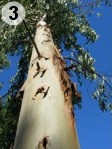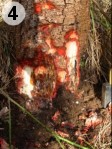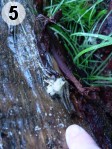PESTS AND DISEASES OF FORESTRY IN NEW ZEALAND
Small Forests & Woodlots
A guide to conducting forest health assessments and sampling:
TYPES OF SURVEYS
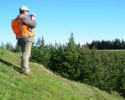 Condition monitoring
Condition monitoring
Condition assessments or monitoring change over time providing a good indicator of overall forest health (is it getting better or worse?).
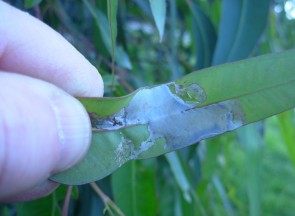 These assessments are useful for establishing bench marks by gauging what constitutes healthy trees for a particular plantation or district. Condition assessments can also indicate if a negative change has been the result of a pest or disease.
These assessments are useful for establishing bench marks by gauging what constitutes healthy trees for a particular plantation or district. Condition assessments can also indicate if a negative change has been the result of a pest or disease.
Photo points
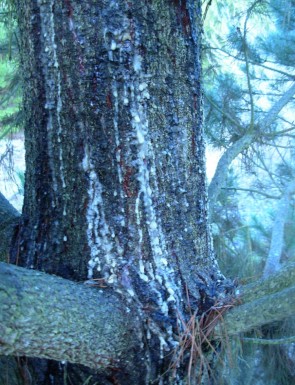 This is an easy method using a digital camera. Record when and where the picture was taken from, and also the direction of view.
This is an easy method using a digital camera. Record when and where the picture was taken from, and also the direction of view.
A hand-held GPS can be useful, but it will still be important to tag comments to the digital photo describing the location, eg. “Photo point No: 2. Location: small knoll 10m west of Trig. Direction: 230°.”
Specific surveys to assess disease or pest levels
Although not specifically designed to find new pests, these surveys are still valuable in establishing bench marks for forest health. The most common survey of this type conducted in New Zealand is assessing levels of Dothistroma needle blight prior to spraying.
For further information on spray programmes and assessments in each part of the country, contact the Farm Forestry Association.
Symptoms Based Assessments
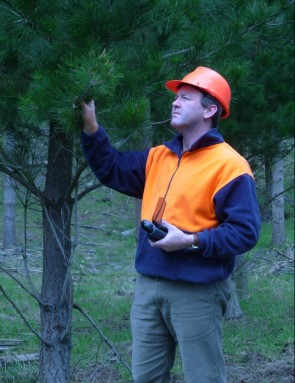 This method simply uses a defined area where trees are intensively inspected for damage symptoms. A fixed length survey line is an easy way of focusing inspection effort and will enhance the usual drive or walk-through of a forest block.
This method simply uses a defined area where trees are intensively inspected for damage symptoms. A fixed length survey line is an easy way of focusing inspection effort and will enhance the usual drive or walk-through of a forest block.
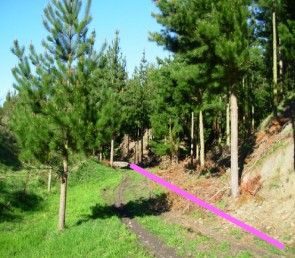 Generally, to make the assessment easier, use a track or road for better access to foliage, particularly in older stands.
Generally, to make the assessment easier, use a track or road for better access to foliage, particularly in older stands.
Focus on trees exhibiting one or more damage symptoms, these can become the inspection or sample points.
Divide the inspection into five main components or as many as the forest age allows.

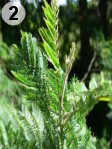
foliage
